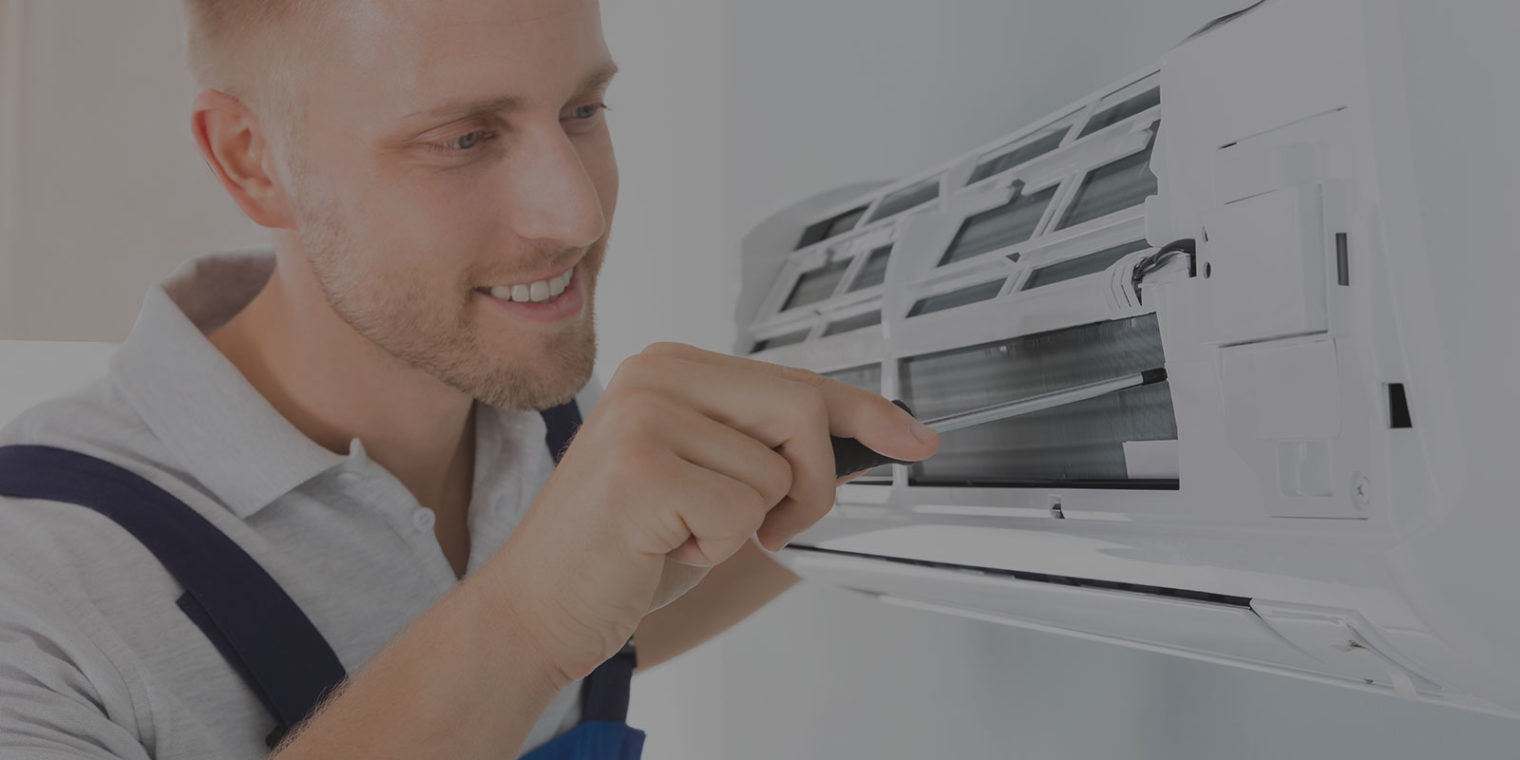Relocating an indoor air conditioning unit is a delicate task that requires professional expertise. In cities like Cannes, Antibes, Mougins, and other areas on the French Riviera, it’s essential to hire a qualified installer to ensure the job is done safely and effectively. Below are the key steps an installer must follow when relocating an indoor unit, while adhering to safety and performance standards.
1. Assessing the Need and Location
Before proceeding with the move, the installer first evaluates the reason for changing the position of the indoor unit. This could be for aesthetic reasons, optimizing thermal performance, or a modification in the interior layout. For example, in the upscale areas of Cannes or Mougins, where space is often limited, it is crucial to choose a new location that won’t hinder air circulation and will allow for optimal cooling and heating performance.
2. Disconnecting and Protecting the Unit
Once the new location is finalized, the installer carefully disconnects the indoor unit from its system. This includes cutting off the electrical power and disconnecting the refrigerant pipes. During this process, the installer ensures that refrigerant fluids are properly recovered and no leaks occur. Special attention is given to the safety of electrical components and the protection of the indoor unit to avoid damage during transport, especially in properties in Cannes or Antibes, where expensive equipment must be preserved.
3. Removing the Unit and Preparing the New Installation Site
After disconnecting the unit, the installer gently removes the indoor unit from the wall or ceiling, ensuring that surrounding structures are not damaged. The next step is to prepare the new location for installation. If the indoor unit was initially ceiling-mounted, the installer must check that the structure can support the weight of the unit and that no obstacles will obstruct air flow. In areas like Mougins or Antibes, where interior renovations are common, adjustments may be necessary to accommodate the new position, such as modifying partitions or ducts.
4. Rerouting Connections and Reconnecting Ducts
Once the new location is ready, the installer reroutes the refrigerant pipes, electrical cables, and drainage ducts to the new position. This step must be carried out with precision to avoid refrigerant leaks and ensure the system’s proper functioning. In Cannes, where energy efficiency regulations are strict, the installer must adhere to all installation standards to guarantee maximum performance and reduce energy consumption.
5. Checking Functionality and Performing Performance Tests
Once the indoor unit is relocated and reconnected, the installer conducts a series of tests to ensure the unit is functioning properly. This includes checking airflow, temperatures, and ensuring there are no refrigerant leaks. A final check is done to ensure the system is fully operational. In cities like Cannes and Antibes, where temperatures fluctuate frequently, it’s essential that the indoor unit provides consistent performance regardless of the season.
6. Finalizing and Providing Maintenance Tips
Once the indoor unit has been moved and the system is up and running, the installer cleans up the work area and ensures everything is secure. Before leaving, the installer provides the user with maintenance advice regarding the unit, emphasizing the importance of regularly checking filters and the outdoor unit. Proper maintenance ensures not only the longevity of the system but also increased energy efficiency, which is essential in regions like Cannes and Mougins where air conditioning is used year-round.
Conclusion
Relocating an indoor air conditioning unit is a complex operation that requires technical expertise and precision. In Cannes, Antibes, and Mougins, hiring qualified professionals is key to ensuring the safety, performance, and longevity of your air conditioning system. By following these key steps, the installer guarantees a successful relocation, optimizing comfort and efficiency of your air conditioning system in its new location.

